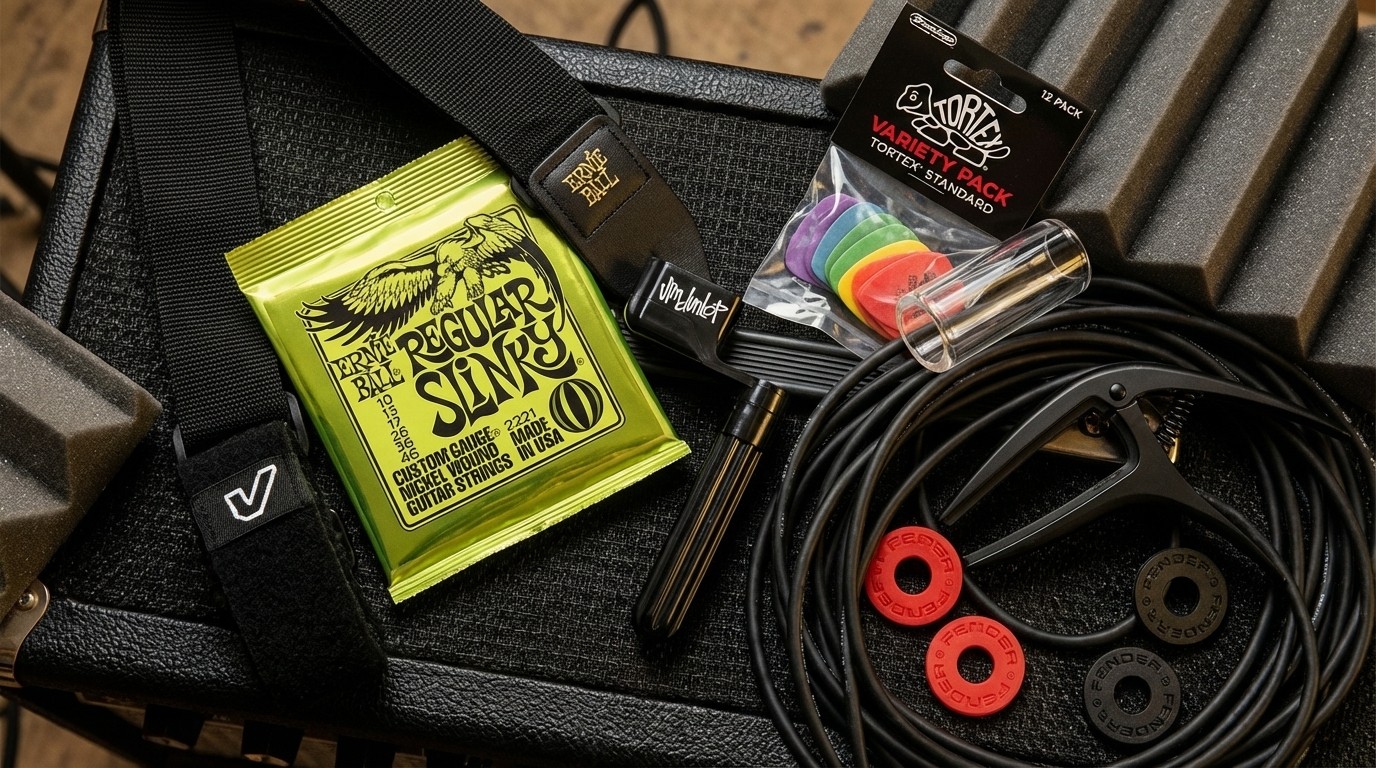The blues scale isn’t just for blues – it’s been used in some of rock and metal’s biggest riffs and solos, too. Here’s how to make it work for you, no matter what style you play
It’s one of the essential guitar scales, and this lesson takes the blues scale from its classic context to place it in the style of Joe Satriani, Cream-era Clapton and Dimebag Darrell

The blues scale is one of the most important guitar scales to learn, whether in rock, metal or – naturally – blues.
This scale is a hexatonic scale, which means it has six notes. Essentially, it’s a minor pentatonic scale with the addition of a b5th interval in between its 4th and 5th degrees.
The b5 goes by many names, including blue note, tritone or, more sinisterly, diabolus in musica, which translates as the ‘devil in music’. Its addition adds a certain amount of tension and colour to the existing pentatonic scale, creating a familiar yet distinctly different sound.
When using this scale, the phrasing is very important. For example, landing on and sustaining the b5 can create a clash with the harmony. Several players, including Dimebag Darrell, do this intentionally in their playing to create this dissonance. However, for the most part, the b5 is used as a passing note, bridging the gap between its consonant perfect 4th and 5th neighbours, which sit a semitone either side.
Although called the blues scale, it’s actually found in a variety of music styles. Within blues, the b5 works as an excellent passing note. But the b5th’s dissonance lends itself well to genres such as heavy metal, with Tony Iommi and Black Sabbath using the interval to great effect on the self-titled track from their 1970 debut album.
The song’s opening guitar riff, with the addition of the b5 interval, helped create the perfect sonic soundscape for the band’s dark and haunting imagery. Since Black Sabbath’s debut release, other rock and blues guitarists have used the blues scale to forge their own sound.
Cream’s Sunshine of Your Love and Led Zeppelin’s Heartbreaker both use the blues scale as part of the main riffs to these songs, in both instances as a chromatic passing note between 4th and 5th of the minor pentatonic.
All the latest guitar news, interviews, lessons, reviews, deals and more, direct to your inbox!
The aforementioned Dimebag Darrell from Pantera used the interval a great deal. The opening tritone licks at the start of the Cowboys From Hell solo is a good example, as are the syncopated blues-rock style riffs that feature earlier on in the track.
The main riff to Metallica’s Enter Sandman is another fantastic example of a song that leans on the dissonance of the b5 to create its dark, menacing sound. George Harrison’s solo on When I Saw Her Standing There even starts on the b5, which is pretty unusual but it works. And jazz-blues guitarists like Robben Ford and Kenny Burrell employ it to great effect, too.
One simple method to let the blues scale insinuate new life into your playing is to take some of your usual minor pentatonic licks and replace the 5th interval with the b5th. This easy method is a surefire way of making your favourite licks soind more interesting.
Our examples and study piece should give you some ideas of how the blues scale can inject spice into your playing, as always with reference to a few key guitarists’ styles.
Tab and audio
Playing notes
Exercise 1. Open position lick
This first example uses the open position shape one of the blues scale, for a Stevie Ray Vaughan inspired lick, with a quick sextuplet phrase in the second bar. Stevie often substituted his minor pentatonic phrases with others built around the blues scale.
Exercise 2. Legato lick
Legato is used in this example, with a lick that’s not too dissimilar to something Joe Satriani might play. The key here is to aim for consistent and fluent timing with your fretting hand, which can be a challenge.
Exercise 3. Alternate picking lick
Here is a more traditional blues style lick that’s reminiscent of early Eric Clapton with The Bluesbreakers. The chromatic nature of the blues scale is exploited here, to provide some satisfying weight to the phrase.
Exercise 4. Quickfire lick
This example is a rapid, repetitive sextuplet lick in the vein of Pantera and Damageplan’s Dimebag Darrell. Notice that this lick uses a combination of alternate picking and legato, which helps to fuse the different timbres of these playing techniques.
Exercise 5. Descending lick
The final example is a Nuno Bettencourt idea, like the one found in the solo to Get The Funk Out. This is a great example of replacing the 5th interval with the b5 to give a different flavour to a common minor pentatonic lick.
Study Piece
[Bars 1-9] This opening blues scale riff using the open sixth string as a pedal tone. Watch your timing for the first two bars before the kick drum enters at bar 6.
[Bars 10-13] The solo kicks off with some alternate picked lines. Aim for a consistent pick attack and even phrasing, particularly during the triplet section. The solo continues from bars 14-17 although here using legato technique. Again, phrasing is very important here, and arguably more challenging with less input from the picking hand.
Bars 18-21 close the piece with another pedal tone idea, although this time using alternate picking on the first string. The slippery closing lick starting in bar 20 can be challenging to play while maintaining even phrasing and accuracy, so slow it down if need be.
Simon is a graduate of the UK's Academy of Contemporary Music and The Guitar Institute, and holds a Masters degree in music. He teaches, examines and plays everything from rock to jazz.

